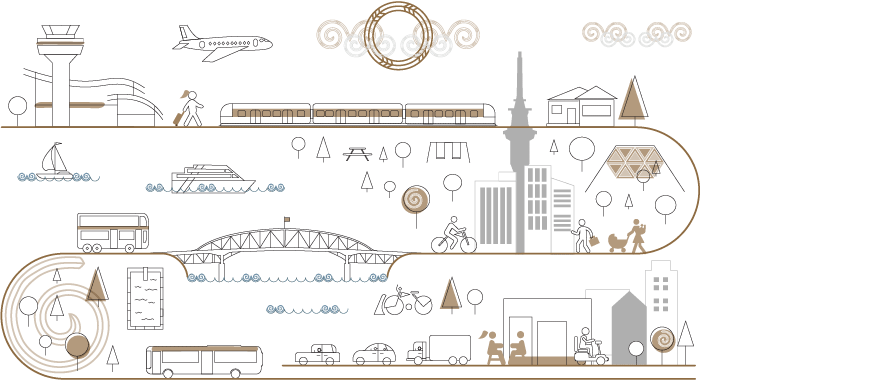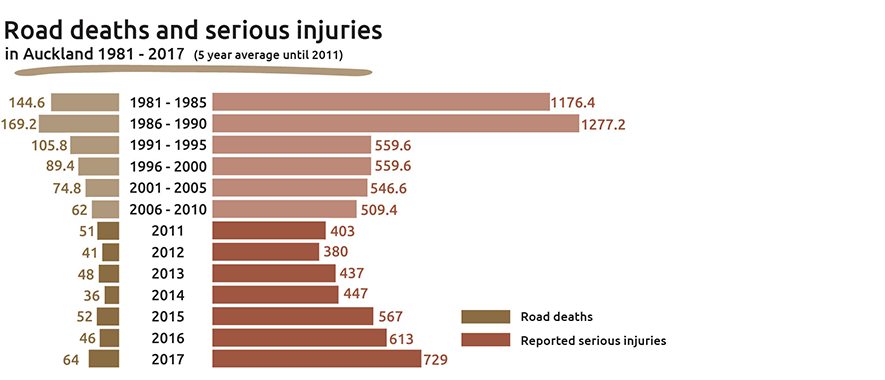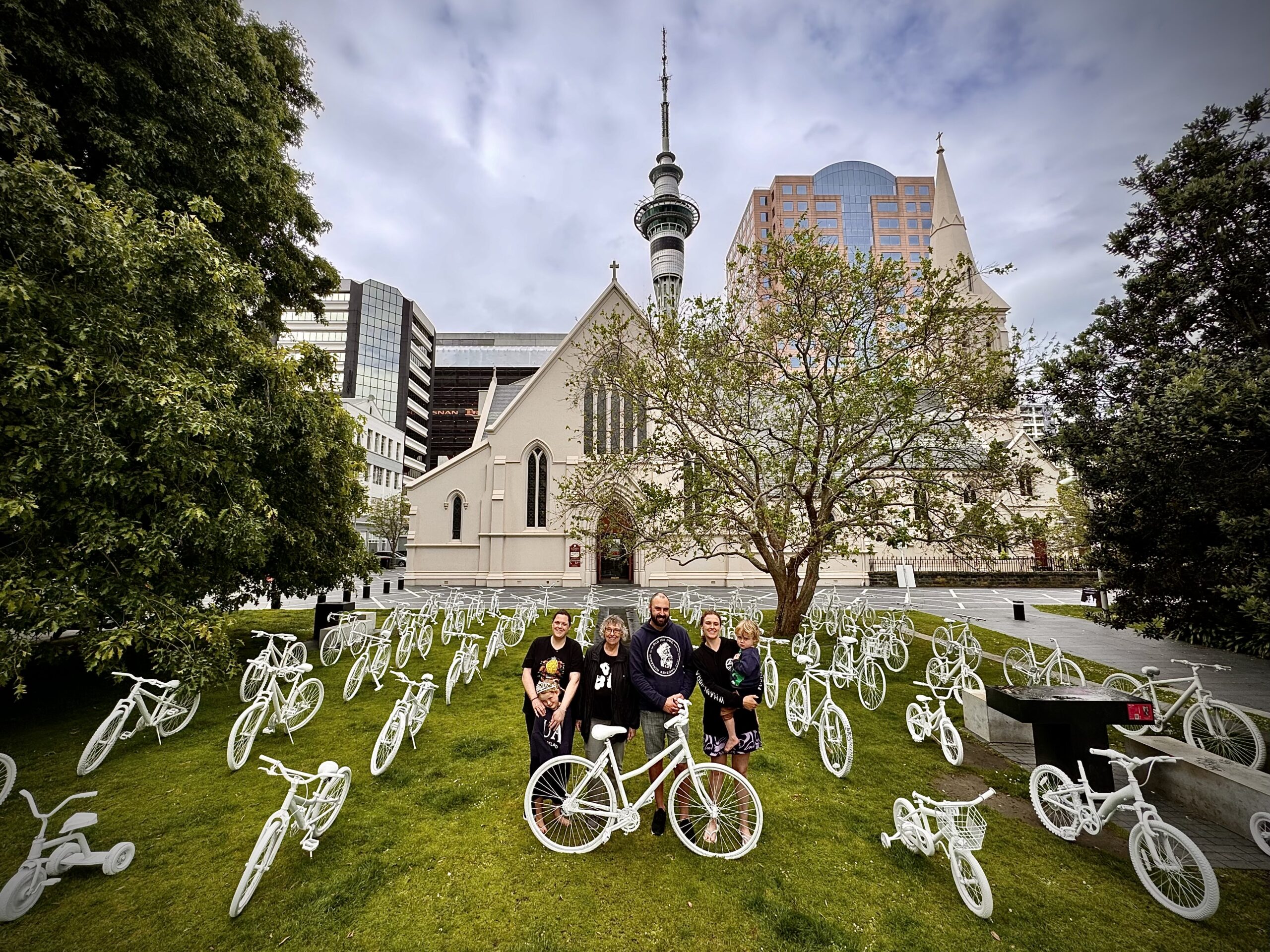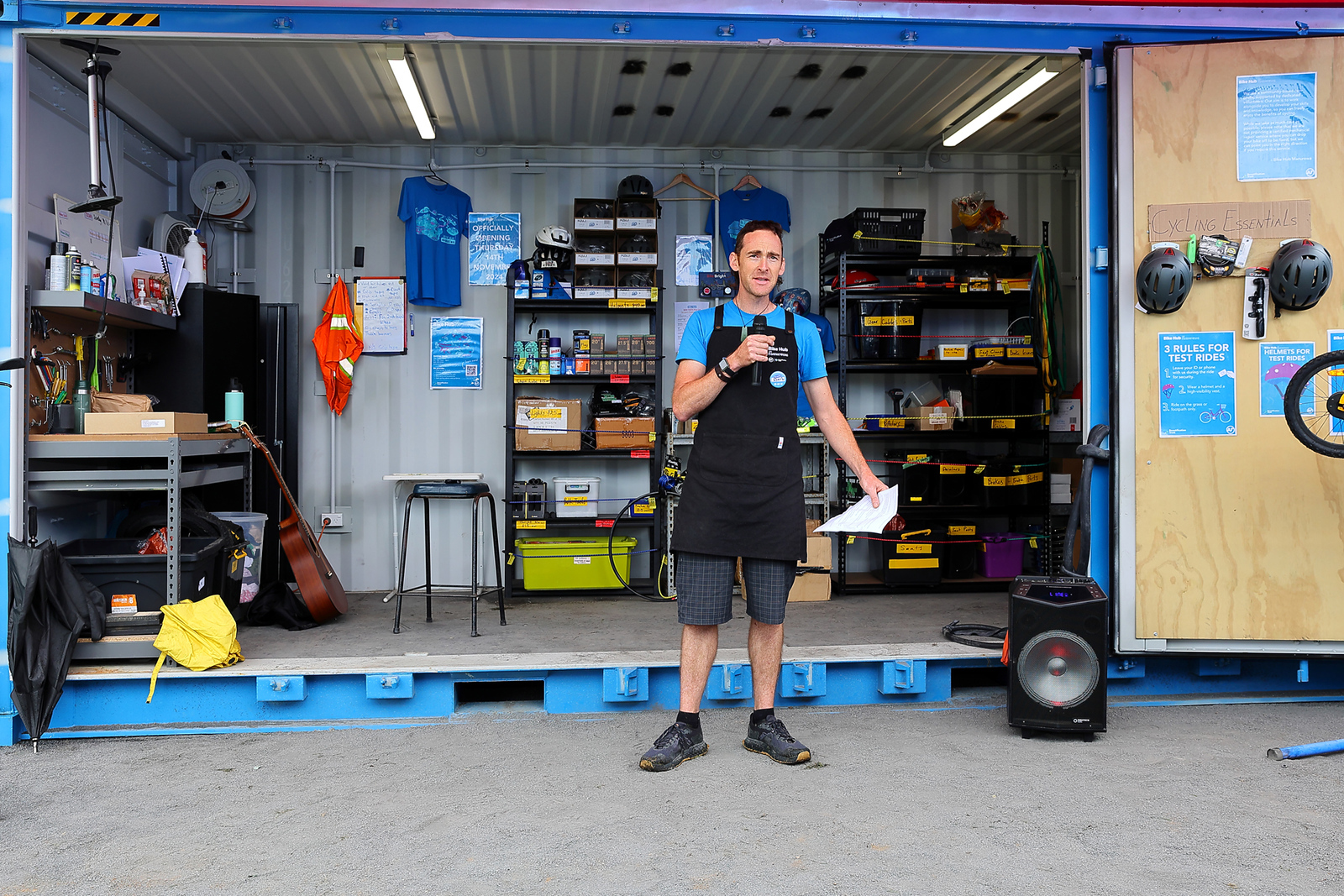Public feedback is currently open on Auckland Council’s budget for the next ten years – and on the plan to get us through to 2050. It’s important to have your say before 8pm on Wednesday 28 March.
Your voice will be incredibly important in making sure our city makes space for people on bikes. It’s a really big consultation – luckily, we have a couple more weeks to get to grips with it!
- The 10-year Budget 2018-2028 is all about the nuts and bolts: the questions are about how Auckland will pay for everything.
- The Auckland Plan 2050 is the big picture: the questions are about what we want Auckland to be like and how to get there.
- The Local Board consultation zooms in on local priorities where you live.
Here’s an overview of the topics you’ll be asked for your opinion on. There’s a lot going on there: clean water, saving our kauri, and more, and you’ll find a lot of great info out there about all sorts of aspects. (Good to know: Generation Zero is about to launch an easy-submit form.)
What does it all mean specifically for people on bikes? Below, we quickly assess the overall vibe from a transport perspective – and, in this separate post, we walk you through how to give bike-friendly feedback on the questions that will materially affect the quality of your everyday rides.
The 10-year Budget 2018-2028 – how to fuel better streets?
The big transport talking point in the budget is the proposed fuel tax of 10c/ litre. This is obviously a short-term measure for the 10-year horizon, and is a bit of a blunt instrument.
In the longer term (especially with the large-scale arrival of electric vehicles), it will make more sense to replace fuel tax with congestion charging in the areas that most need relief.
For the moment, we support the fuel tax as a pragmatic way to meet the need for investment in transport.
The extra income will lift the coming decade’s investment from $9 billion to more like $11-12 billion – raising it from a bare-bones budget to one that can comfortably prioritise more safety projects, more investment in footpaths and cycleways, and safe routes for kids.
As we saw with AT’s recent budget fumble, when there are big-ticket, large-scale items on the list (like light rail and huge road projects), ironically it’s the smaller, more affordable projects – like the bike network! – that tend to fall off the table if money feels tight.
So adding this elbow room will have a directly positive effect on creating a more bike-friendly city.
Note: watch for a more targeted consultation in a few months, about how to use that extra transport funding.
The Auckland Plan 2050 – how’s your vision?
The Auckland Plan sketches the city’s aspirations and ideal outcomes through to 2050… which is both impossibly futuristic, and also just around the corner.
By 2050, today’s babies will be well into adulthood – and if you have small children now, you’ll likely be a grandparent by then. What will Auckland’s summers be like in 2050? Where will the high tide mark reach? How will the young people of 2050 be traveling around the city, and what kind of city will it be? A lot can happen in just one generation.
So it’s good to see some powerful language around transport, which is not only fundamental to future wellbeing, but a key part of addressing climate change too. (Tangible, quantifiable targets would be even better, of course – our mates over at Greater Auckland have some specific thoughts about that, and about vision and targets in general.)
The plan proposes six outcomes for the city, under these headings: Belonging and Participation; Maori Identity and Wellbeing; Homes and Places; Transport and Access; Environment and Heritage; and Opportunity and Prosperity.
Transport and Access has three directions:
- Direction 1 – Create an integrated transport system connecting people, places, goods and services
- Direction 2 – Increase genuine travel choices for a healthy, vibrant and equitable Auckland
- Direction 3 – Maximise safety and environmental protection
Digging in, here are some things we like the look of:
- Encouraging words about how bike investment pays off quickly, the way cities can be transformed within decades, and some fine international examples Auckland can look to: ‘In cities such as Vancouver, Portland and Seattle, sustained effort into separated cycle routes has increased the share of travel by bike five to ten fold.’
- Great graphics that highlight the value of an interconnected, sustainable transport system that offers people plenty of joined-up choices to get where they’re going….

- …and the desirability of safe, healthy streets that create access for all kinds of travellers…

- …plus the crucial importance of mode shift: ‘As Auckland grows, it is essential that more people walk, cycle or travel by public transport. This will reduce pressure on our roads and free up room for freight and commercial travel. More walking and cycling will also have significant health benefits through increased physical activity.’ Use of PT, walking, and cycling will be one of the measures of success. Here’s one goal:

- Also very welcome: acknowledgment of the utter necessity of taking a more Vision Zero approach to road safety. ‘Our approach to road safety needs to be in line with health and safety legislation which gives people the highest level of protection against harm. Priorities are to improve the safety for those walking, cycling or riding motorcycles [and] address safety issues for people crossing roads and railways.’ Thank you. At last. Because we’ve been heading down a very wrong track on this lately..
- It’s also a relief to see recognition of the environmental cost of our transport system: ‘It is fundamental that the use of fossil fuels is reduced, and harmful pollutants are prevented from entering Auckland’s waterways… Focusing on the transport system is where Auckland can make the biggest difference in reducing greenhouse gas emissions and the effects of global climate change.’
So yes: the lyrics are on song! Now, for a tune to match. With sufficient funding, and with quantifiable and visionary targets, this could really be a plan.




